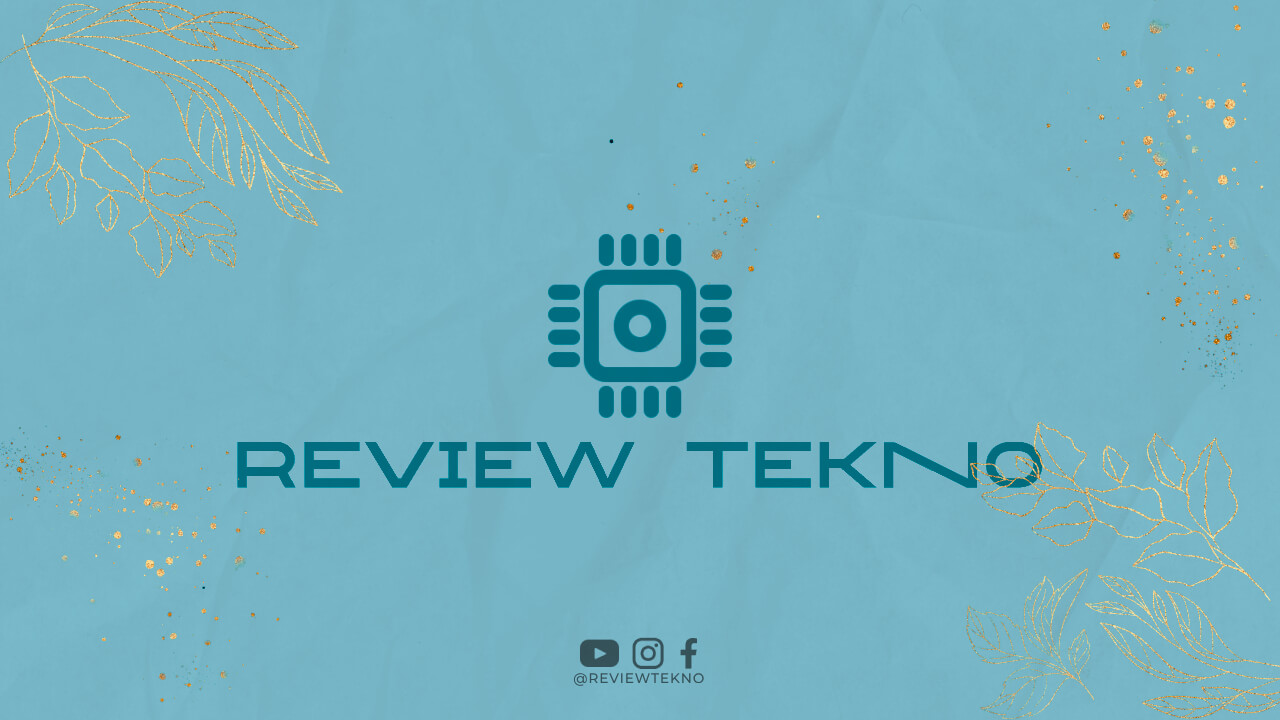The United States central bank, also known as the Federal Reserve, has been exploring the possibility of issuing a digital currency. This move could potentially change the way we handle money and impact the economy as a whole. In this article, we will discuss what a central bank digital currency is, the benefits and drawbacks of implementing it, and how it could affect the financial landscape in the United States.
What is a Central Bank Digital Currency?
A central bank digital currency (CBDC) is a digital form of a country’s currency that is issued and regulated by its central bank. It would be a digital representation of physical cash, allowing for transactions to be conducted electronically. The concept of a CBDC has gained traction in recent years, with several countries, including China and Sweden, already testing their own versions.
The Federal Reserve has been exploring the possibility of a CBDC for several years now, but the COVID-19 pandemic has accelerated these efforts. With fewer people using physical cash and an increased reliance on digital payments, the need for a CBDC has become more pressing.
The Benefits of a CBDC
One of the main benefits of a CBDC is increased financial inclusion. With a digital currency, individuals who are unbanked or underbanked would have access to a secure and efficient payment system. This could potentially reduce the number of people who rely on costly and inconvenient alternatives, such as payday loans and check-cashing services.
Another benefit of a CBDC is increased monetary policy effectiveness. By having a digital currency, the Federal Reserve would have more control over the money supply and could more easily implement monetary policy. This could lead to a more stable economy and lower inflation rates.
Additionally, a CBDC could also reduce the risk of financial instability. With a digital currency, there would be less need for intermediaries, such as banks, to facilitate transactions. This could potentially reduce the risk of bank runs and other financial crises.
The Drawbacks of a CBDC
Despite the potential benefits, there are also drawbacks to implementing a CBDC. One concern is the potential impact on the banking industry. With a digital currency, individuals may be less likely to use banks for everyday transactions, which could potentially reduce the need for traditional banking services.
Another concern is the potential for cyber attacks and other security risks. With a digital currency, there would be a greater risk of theft and fraud, which could potentially undermine the trust in the financial system.
How a CBDC Could Affect the Economy
If the Federal Reserve were to issue a CBDC, it could potentially have a significant impact on the economy. One potential effect is on interest rates. With more control over the money supply, the Federal Reserve could more easily adjust interest rates to stimulate or slow down the economy.
A CBDC could also impact the way we conduct monetary transactions. With a digital currency, individuals and businesses could potentially conduct transactions faster and more efficiently. This could lead to increased economic activity and productivity.
However, a CBDC could also lead to potential privacy concerns. With a digital currency, the Federal Reserve would have access to more information about individuals’ transactions, potentially raising concerns about government surveillance.
Conclusion
Overall, the concept of a central bank digital currency is still in its early stages, and there are many factors to consider before implementation. While a CBDC could potentially increase financial inclusion and provide more control over monetary policy, it could also have unintended consequences, such as reducing the need for traditional banking services and raising privacy concerns. As the Federal Reserve continues to explore the possibility of a CBDC, it will be important to weigh the potential benefits and drawbacks carefully to ensure a secure and stable financial system for all.

